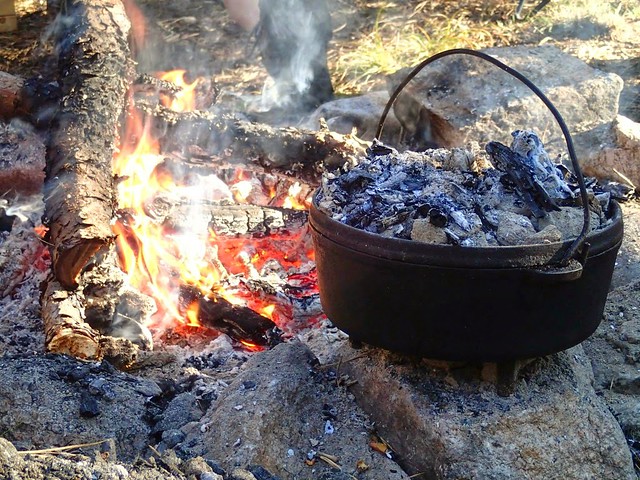I am an experienced wilderness backpacker and canoeist as separate hobbies, but have never done canoe camping. I have an upcoming trip to the BWCA and am wondering what I am not thinking of, when modifying my backpacking setup for canoe camping.
My main points I am thinking of are -
Dry Bags - My backpack is mostly water proof, but all critical things will be in a pack liner and my pack will be in a contractor garbage bag to minimize it sitting in the bottom-of-boat-water
Rain gear - SoCal rarely requires rain gear, but I will bring a goretex jacket and pants. (plus NRS thin neoprene fingerless gloves for the 50* morning paddles if needed). Long term forecasts are unreliable, but its looking like 20-40% chance of rain any given day based on recent trends. Temps from 48-70 forecast.
Food - We are not fishing. I know its much more practical to have 50lbs of stuff in a canoe vs a backpack, so what are some semi-luxury cooking items you bring? A full skillet and eggs? etc.
Shelter - I imagine it would be useful to bring a 2nd tarp to hang in case we get an extended rainy day? I hammock and will have my primary tarp for sleeping, then Im thinking a 2nd one for day-shelter. Decent idea?
Bugs - I have a head net and permethrin treated clothes. I usually dont use Deet but can make an exception for the northlands. Any particularly useful anti-mosquito tips?
What am I not thinking of, when taking my hot-and-dry setup to the cool-and-wet BWCA in a couple weeks? or what items do you value in the BWCA/Quetico that may not be typical in a SoCal backpacking setup?
Edit - I have a 15lb baseweight 3 season backpacking setup, so weight and hiking philosophy are well understood. I have no concerns about weight or volume, just gear or conditions that are off my radar.
Thanks







